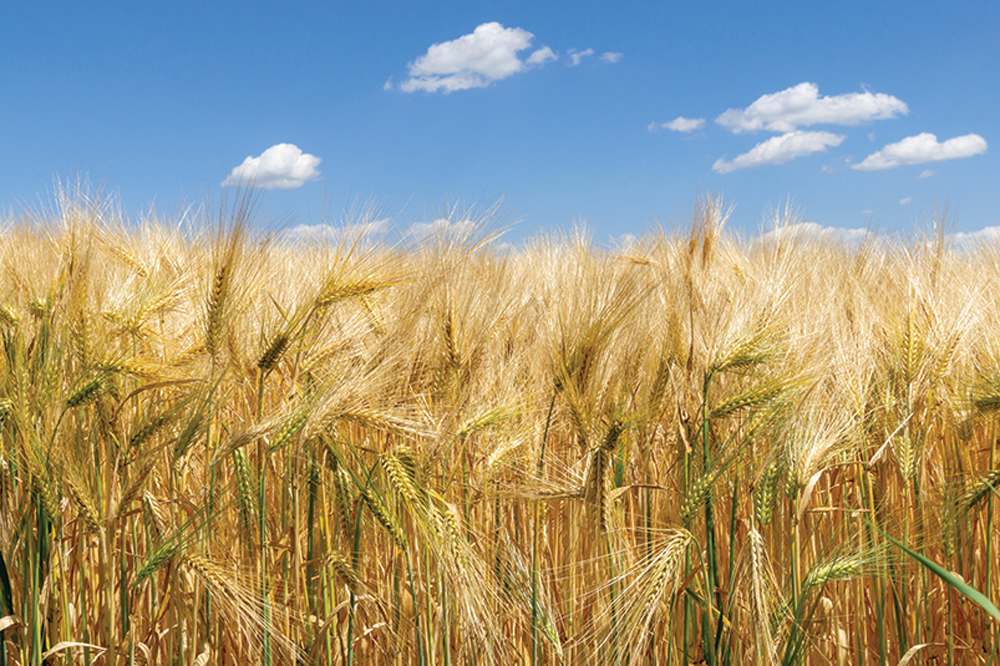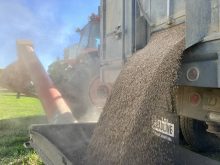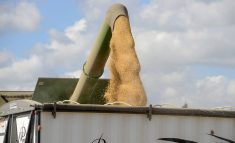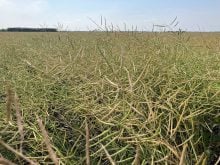The coming resumption of China-Australia barley trade will require Canada to seek new markets.
Peter Watts, managing director of the Canadian Malting Barley Technical Centre, noted that after China imposed 80.5 per cent tariffs on Australian barley in May 2020, Canada was a clear-cut beneficiary.
“Canada saw its biggest barley export program of the past 30 years in 2020-21,” Watts said. “That was because of big demand from China, but also Australia essentially being locked out of that market. Looking forward, that means we’re going to face slower demand for Canadian barley when Australian shipments resume. There’s no question in my mind.”
Read Also
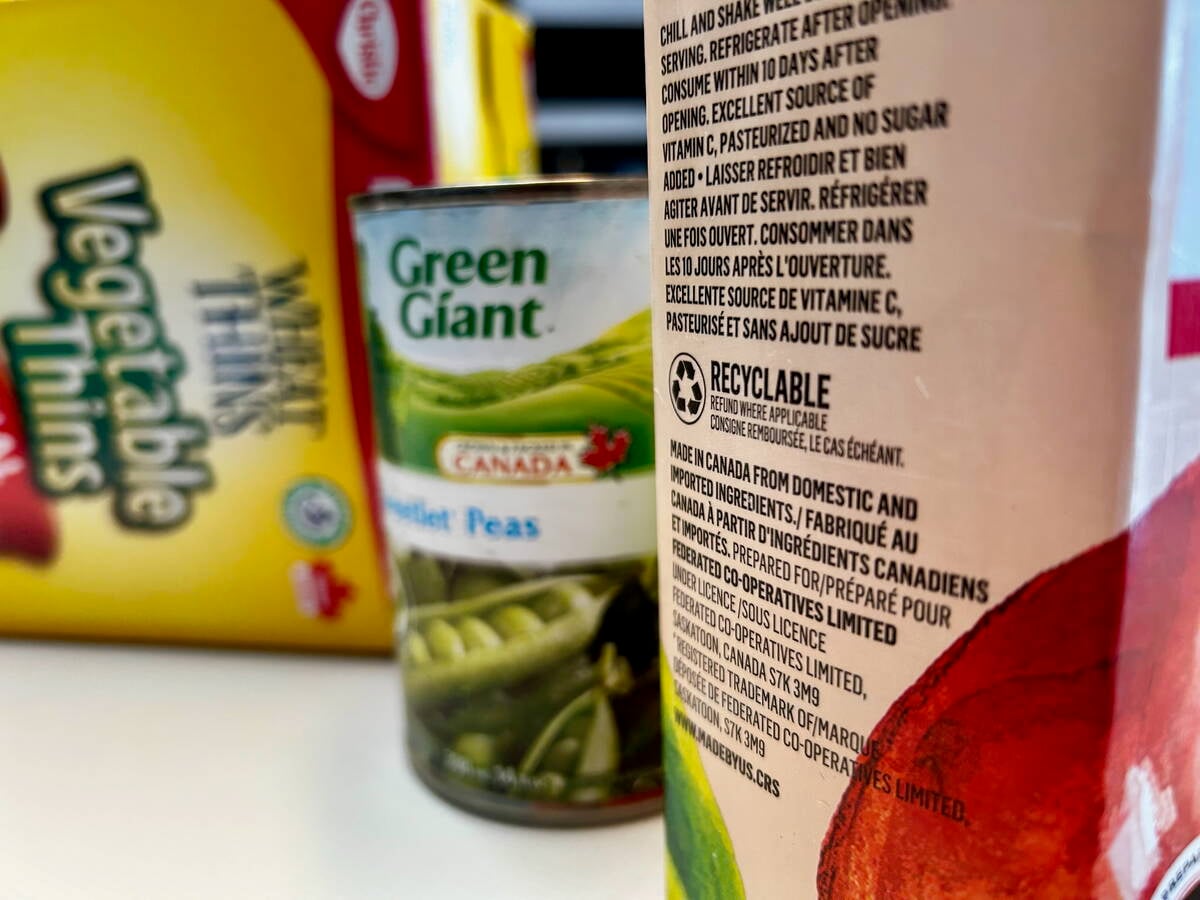
Unclear food labels hinder Canada’s ‘buy local’ surge
“Maple-washing” on Canadian food packaging makes label claims hard to keep straight and hurts both farmers and consumers trying to buy Canadian, economist says.
Why it matters: Canadian farmers have benefitted from this trade dispute but now need to find new markets.
Australia’s advantage over Canada is price. It’s closer to China, and its production areas are close to ports. Canada has a lot of freight cost between grain farm and port, making it less competitive, especially at the lower end of the market.
“Canada’s position is that of premium supplier,” Watts said. “There’s a relatively inelastic demand for high quality, high protein, high enzyme varieties, especially amongst the adjunct brewers.
“We’ll continue to fill that demand, and probably then some, but there will be stiffer competition from Australia.”
The shift won’t happen overnight, and there are a lot of moving pieces still on the board. Australia is coming off its third bumper barley crop. Argentina, which also benefitted from the tariffs, has had a drought-driven disaster.
Australia is also likely to move less barley into Japan, a market that had been “really dominated” by Australia previously, especially for feed barley, according to Watts.
“I’d expect the resumption of more normal sourcing from Japan going forward,” he said.
Over time, he expects the unusual trade patterns caused by the trade dispute to dissipate and more customary trade will re-emerge.
“There will be no crazy changes,” he said. “Canada is going to have to take a page from the Australians, who have spent the last few years finding new markets, like Latin America. Canada is going to have to look really closely at countries like Mexico, Colombia, Peru and Brazil.”
While the deal between Australia and China hasn’t yet been implemented, Watts said everything he’s seen suggests it’s just a matter of time.
“It certainly sounds to me like they’ve made a deal,” he said. “Australia is dropping its WTO challenge in exchange for China figuring out a way to lift the tariff.”
On April 14, Reuters reported that China’s commerce ministry would review the necessity of continuing to impose anti-dumping and anti-subsidy tariffs on Australian barley.
A ministry statement said interested parties to the review could submit comments and evidence over the following 20 days, and that the review should end before April 15, 2024.
The statement follows an agreement reached between China and Australia earlier that week to resolve their dispute over barley imports, flagged as the latest sign of improved ties between the two countries.
Australian Foreign Minister Penny Wong said April 15 that Australia would suspend a case at the World Trade Organization over barley duties, while China hastened its review.
Wong said China had agreed to carry out an “expedited review” of the duties over three or four months.
The duties were originally due to expire in May 2025. They were imposed amid a diplomatic spat over several issues, including Australia’s decision to ban Huawei from the rollout of its 5G data network and its calls for an investigation into the origins of COVID-19.
– With files from Reuters.


